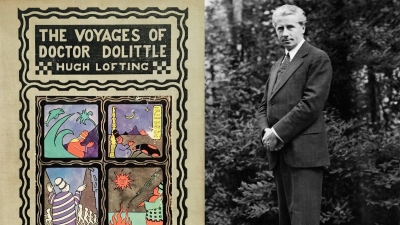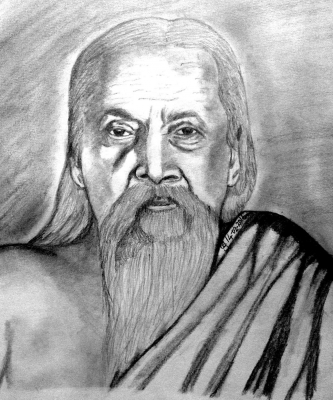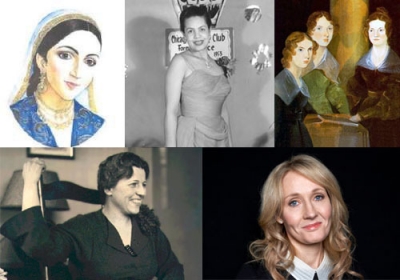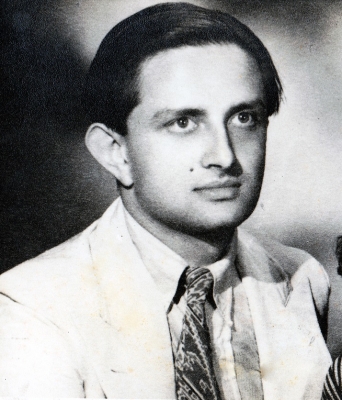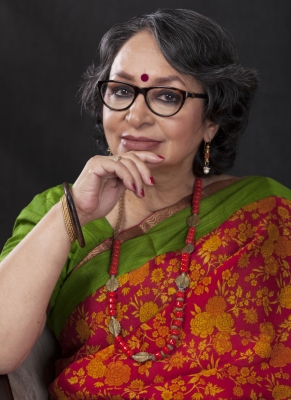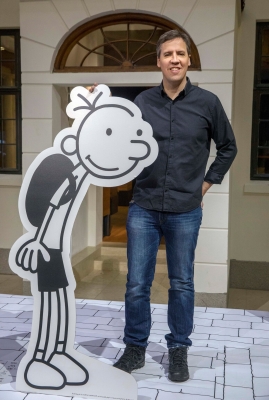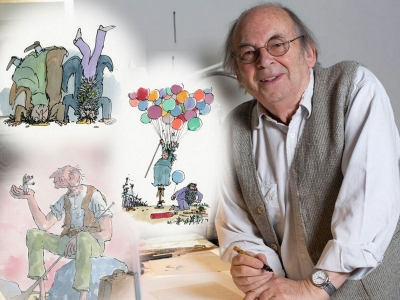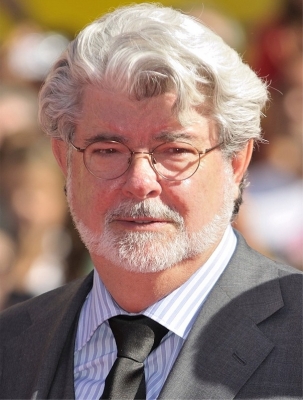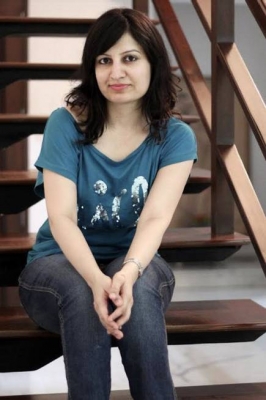What makes Stephenie Meyer books so special?
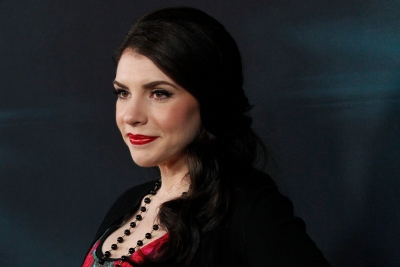
The vampre saga continues…
Twelve years ago, a vampire captured the imagination of teens across the world. The story of the terrifying mythical creature – with a pale face and a chiseled jawline – falling in love with a human, won over hearts. Four books and five films later, the series has now received fresh blood.
A new comparison book to the “Twilight” series, “Midnight Sun” by Stephenie Meyer released in August and has already sold more than one million copies. Meyer has even announced plans for two more books in the vampire saga.
The rise of Stephenie Meyer
Like her famous counterpart J.K. Rowling, Meyer got the idea for her book all of a sudden. She was a struggling writer when she had a vivid dream – a boy and girl sitting in a meadow confessing that they were falling in love with each other. There was just one slight problem in this romantic tableau – the boy was a vampire and found the scent of her blood irresistible. Meyer remembered every glorious aspect of the dream and began penning it down so that it won’t slip away. Before she knew it, she had a complete book in her hands!
What’s the new book about?
Titled “Midnight Sun”, the new book is a prequel to “Twilight”. It recounts the story from Edward’s perspective, delving into his past. All the books in the series so far have been from Bella’s point of view. Meyer first announced the publications of Midnight Sun in May. 12 years after she abandoned the manuscript following an online leak of a draft. At the time, Meyer called the leak “a huge violation of my rights as an author, not to mention me as a human being” and put the project on hold indefinitely.
The Twilight saga
The “Twilight” saga was an instant success with teens. The first book came out in 2005, closely followed by a film adaptation with a star cast – Robert Pattinson shone as Edward Cullen and Kirsten Stewart portrayed the clumsy Bella Swan. Though the series received a drubbing from the critics, the films caused a sensation at the box office. More books – “New Moon” (2006), “Eclipse” (2007) and “Breaking Dance” (2008) – followed suit.
Other vampires in fiction you must read:
Here are some famous vampire stories in literature.
- “Dracula”: Bram Stoker’s sophisticated and mysterious Count Dracula remains timeless.
- “The House of Night”: This 2007 series by P.C. Cast and Kristin Cast follows the adventures of a young vampyre Zoey Redbird.
- “True Blood”: Charlene Harris’s vampire novels feature Sookie Stackhouse and her close encounters with the fanged creatures.
Oh really?
- Meyer started writing the story backwards, starting from the meadow scene in chapter 13 and then writing chronologically till the beginning.
- Meyer began writing “Midnight Sun” in 2008, but abandoned the project after half of the manuscript leaked online. She said it violated her right as an author and a human being.
- Twilight fans are divided into two camps – those who prefer the vampire Edward and those who think that the werewolf Jacob is a better choice. Are you team Edward or team Jacob?
Picture Credit : Google
